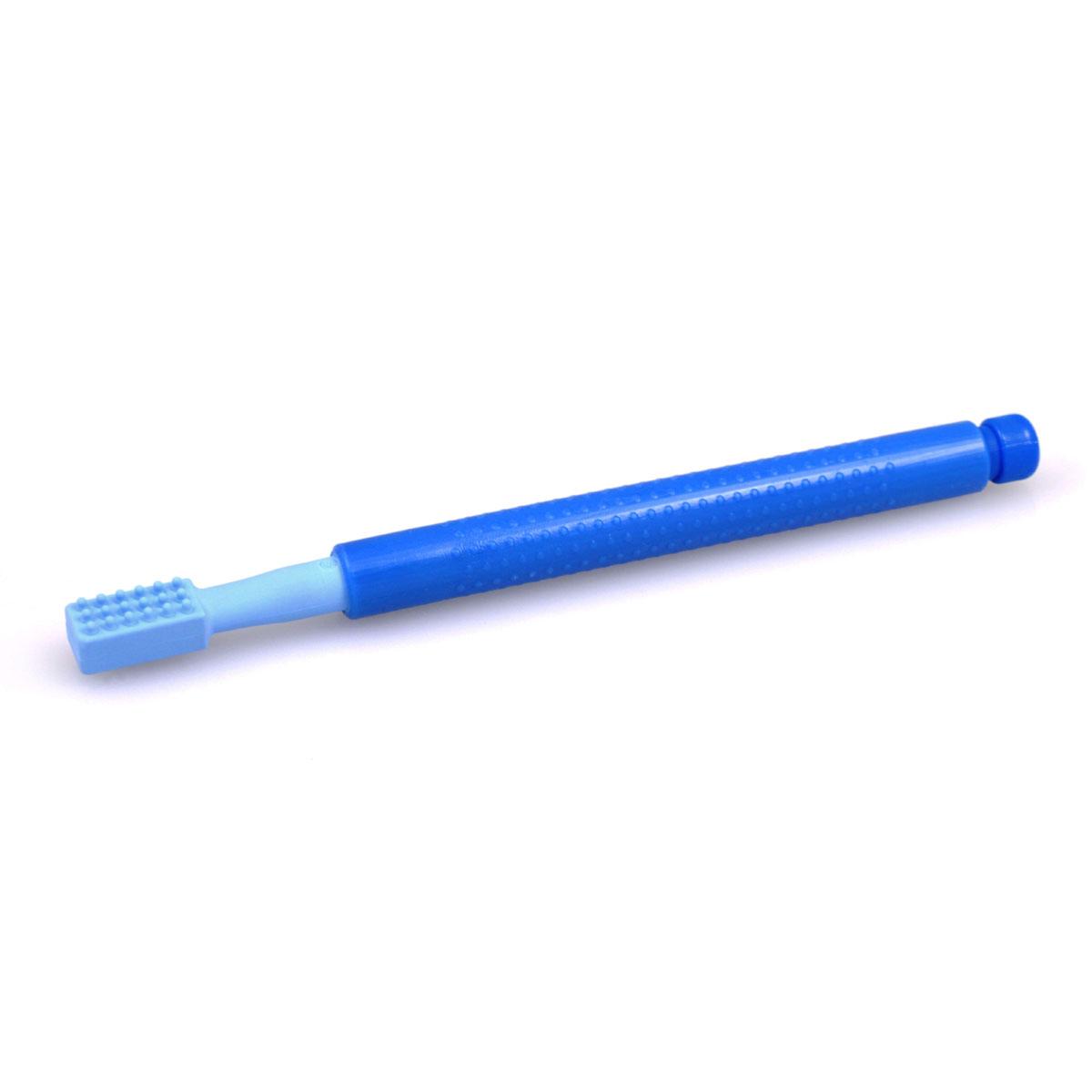

If using a Y-Chew, place the handle sideways across the front teeth. If using a Grabber, have the child bite and chew on the loop as well. For added oral awareness through vibration, you can also use the Z-Vibe with a Bite-n-Chew Tip.Ħ. Work up to 20-25 chews in a row on each side of the mouth. You may have to guide the jaw to open and close. Place a Grabber or Y-Chew between the premolars and instruct the child to chew. Once the child understands the concept of chewing, you can start practicing it with him/her. You may have to put your hands over his/hers to assist.ĥ. This is to give visual AND tactile feedback to better understand the concept. Once the child knows the vocabulary word ‘bite’ and can perform the skill, add the word ‘chew.’ Have the child place his/her hands on your jaw to feel you bite and chew. Discontinue using the mirror if it becomes too distracting.Ĥ. Use a mirror for the child to watch himself/herself and you demonstrating a bite. Use the word ‘bite’ as you are directing the jaw to close on the tool being used. Place either a Grabber or Y-Chew in between the molar area and assist the jaw to open and close. A vertical chewing pattern (an up-and-down opening and closing of the mouth) will begin to develop first. Make a bite sound or a glottal /um/ sound. Take turns with the child to feed the puppet. You can also use puppets with mouths to help illustrate biting (and later chewing). Use actual food when illustrating/showing. Over-exaggerate the movement to help communicate the concept. Knowing the vocabulary will be an important part of therapy as you encourage the child to bite and chew.
#Z VIBE BITE AND CHEW HOW TO#
Demonstrate how to bite so that the child can see and learn what the word actually means. Through oral exploration, the child just might begin to bite on his/her own, and from there you can progress to chewing.Ģ. These tools were specifically designed to increase oral awareness, to provide stimulation and tactile sensation, and to exercise the lips, cheeks, tongue, and jaw.

One of the ways I like to begin is to provide the child with the opportunity to mouth oral motor chew tools (the Grabber, Y-Chew, Probe, and/or Animal Tips). When infants miss a part of this developmental process, intervention may be necessary to develop the ability to bite and chew.ġ. The development of biting and chewing continues from this point on, with the baby refining the movements of the jaw, tongue, and lips.

At approximately 5-6 months of age, babies begin using their fingers and teethers for oral exploration using a bite and release pattern. For infants, learning how to bite and chew is a crucial stage of feeding development.


 0 kommentar(er)
0 kommentar(er)
